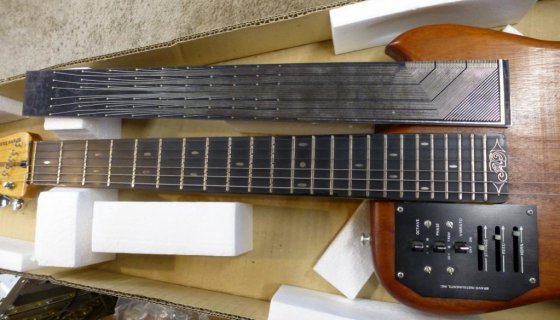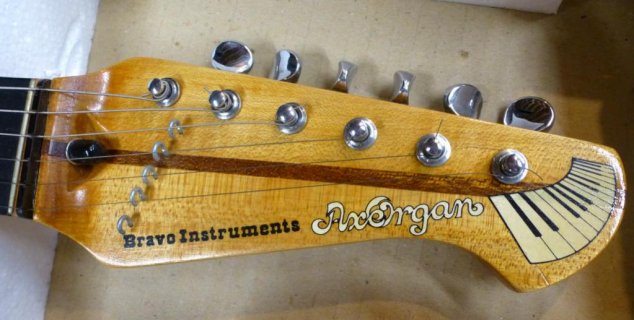alonstudi@
Member
1st of all- thank you so much Paul! For your effort and for your will to take such a device one step further for musicians with will!
And now, I have a little question for you, I'm working on a project of mine right now, it consist of two parts, one is a midi guitar and the second is a guitar synthesizer.
Bother aren't such a big deal for me, no pitch analyzation and those kind complex DSP.
I took as an example the guitorgan-
"A Guitorgan is an electric guitar with electronic organ components added. Each guitar fret is separated into six segments, creating independent contact switches for each string. The organ notes are keyed when a string touches a specific segment"
So instead of a giant organ sound engine I'll use the teensy to handle all the midi and synthesis.
So I got to the oscillators part (3 osc per string), and I'm not quite sure how to achive it. Any help please?
Thanks- Alon Cohen.
And now, I have a little question for you, I'm working on a project of mine right now, it consist of two parts, one is a midi guitar and the second is a guitar synthesizer.
Bother aren't such a big deal for me, no pitch analyzation and those kind complex DSP.
I took as an example the guitorgan-
"A Guitorgan is an electric guitar with electronic organ components added. Each guitar fret is separated into six segments, creating independent contact switches for each string. The organ notes are keyed when a string touches a specific segment"
So instead of a giant organ sound engine I'll use the teensy to handle all the midi and synthesis.
So I got to the oscillators part (3 osc per string), and I'm not quite sure how to achive it. Any help please?
Thanks- Alon Cohen.



